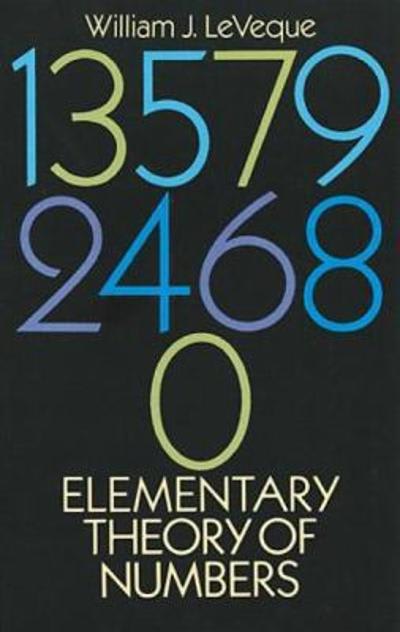Question
You are a doctor working with Ebola patients, some of whom survive the disease and some of whom don't. When patients present at the Ebola

- You are a doctor working with Ebola patients, some of whom survive the disease and some of whom don't. When patients present at the Ebola Treatment Unit, a sample of their blood is put into a PCR assay to look for copies of the Ebola virus. One readout from the PCR is cycle threshold (CT)-- the number of cycles before the virus is detectable. Lower CT equates to more virus present, and therefore higher viral load.
You have a theory that those who come in with less virus (and therefore, higher CT values) are less sick and more likely to survive and recover than those who present with low CT values (and therefore higher viral load). You would like to design a study to test this, so you start by collecting data on a small number of patients as a pilot sample. You plan to analyze the data from this pilot study and use it to plan your larger study.
Your pilot data are saved on Blackboard in the data folder, under the name ebola.csv.
Variables include: ID: Subject ID number Died: an indicator of whether the patient died or not; 1=Died 0=Survived Age: Age in years at time of admission Gender: Male/Female CT: cycle threshold; maximum 40.
Note: this is NOT real data, though it is inspired by real data, and by a real scientific hypothesis
- Briefly summarize the pilot data.
- Does there seem to be a difference between mean CT values among those who died as compared to those who did not? Does it matter if you adjust for basic demographics (Age, Sex)?
- This was a pilot study, and you were always planning to collect more data. Estimate the Standard Deviation of CT within each group (Alive/Dead) from this pilot data. Using the larger of the two estimated SDs, how many people would you need for each group (Alive/Dead) in order to have 90% power to see a true mean difference of 4 in CT values using a two-sided t-test? (Assume you want the same number in each group)

Step by Step Solution
There are 3 Steps involved in it
Step: 1

Get Instant Access to Expert-Tailored Solutions
See step-by-step solutions with expert insights and AI powered tools for academic success
Step: 2

Step: 3

Ace Your Homework with AI
Get the answers you need in no time with our AI-driven, step-by-step assistance
Get Started


